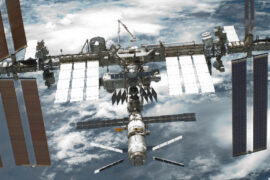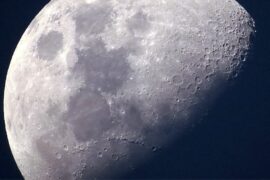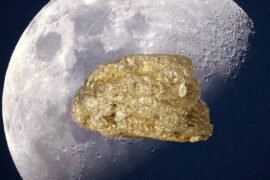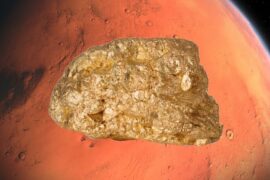There are many things about the moon that make it fascinating to everyone on earth. It is the closest celestial object to us and it is up there in the sky almost every night, almost watching. The moon’s cycles make it seem mysterious while its colors contrasting with the night sky have inspired artists throughout the history of mankind. It’s no wonder we are so curious about visiting it. So, how many of us have visited the Moon?
A total of 12 astronauts have walked on the Moon. All of them did it as part of 6 missions of the Apollo program. All of these missions occurred between 1969 and 1972.
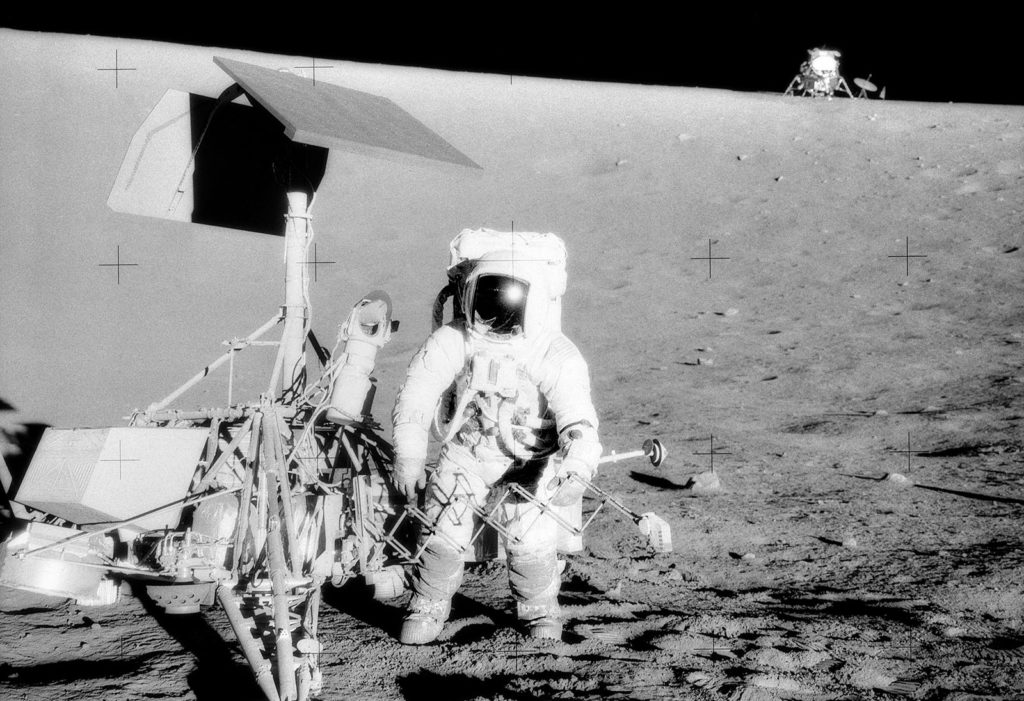
On May 25, 1961, U.S. President John F. Kennedy proposed the goal of landing a man on the moon. His famous speech would later turn into the Apollo program, a decade long effort that would succeed on July 21, 1969, when Neil Armstrong became the first man to walk on the moon and said his famous quote: “That’s one small step for man, one giant leap for mankind”.
After Neil Armstrong, eleven more astronauts walked on the moon, here’s the complete list of astronauts that had this honor.
| Astronaut | Mission | Days on the Moon | Year |
| Neil Alden Armstrong | Apollo 11 | July 20 | 1969 |
| Edwin “Buzz” Aldrin | Apollo 11 | July 20 | 1969 |
| Charles “Pete” Conrad | Apollo 12 | November 19 – November 20 | 1969 |
| Alan L. Bean | Apollo 12 | November 19 – November 20 | 1969 |
| Alan Shepard | Apollo 14 | February 5 – February 6 | 1971 |
| Edgar Mitchell | Apollo 14 | February 5 – February 6 | 1971 |
| David Scott | Apollo 15 | July 30 – August 2 | 1971 |
| James Irwin | Apollo 15 | July 30 – August 2 | 1971 |
| John Young | Apollo 16 | April 21 – April 24 | 1972 |
| Charles Duke Jr. | Apollo 16 | April 21 – April 24 | 1972 |
| Eugene Cernan | Apollo 17 | December 11 – December 14 | 1972 |
| Harrison “Jack” Smith | Apollo 17 | December 11 – December 14 | 1972 |
Who was the first person to walk on the Moon?
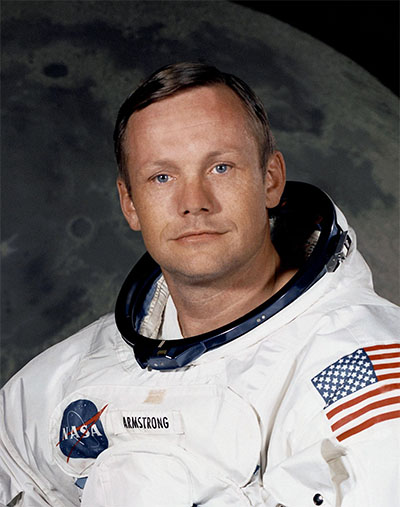
Neil Armstrong was the first human to walk on the Moon. He did this on July 20, 1969, at 3:17 PM EST as part of NASA’s Apollo 11 mission.
Neil Armstrong was born on August 5, 1930, in Ohio, U.S. He graduated from Purdue University and became a naval aviator. After this period, Armstrong joined the National Advisory Committee for Aeronautics as a test pilot. This brought him one step closer to joining NASA in 1962.
His first assignment in NASA was as command pilot for the Gemini 8 spacecraft, which was launched in 1966 and performed the first docking of two vehicles in space.
After becoming the first man on the moon in 1969, Neil kept working at NASA as Deputy Associate Administrator for Aeronautics and also worked as a professor at the University of Cincinnati.
He died in 2012 at the age of 82.
Who was the last man to walk on the Moon?
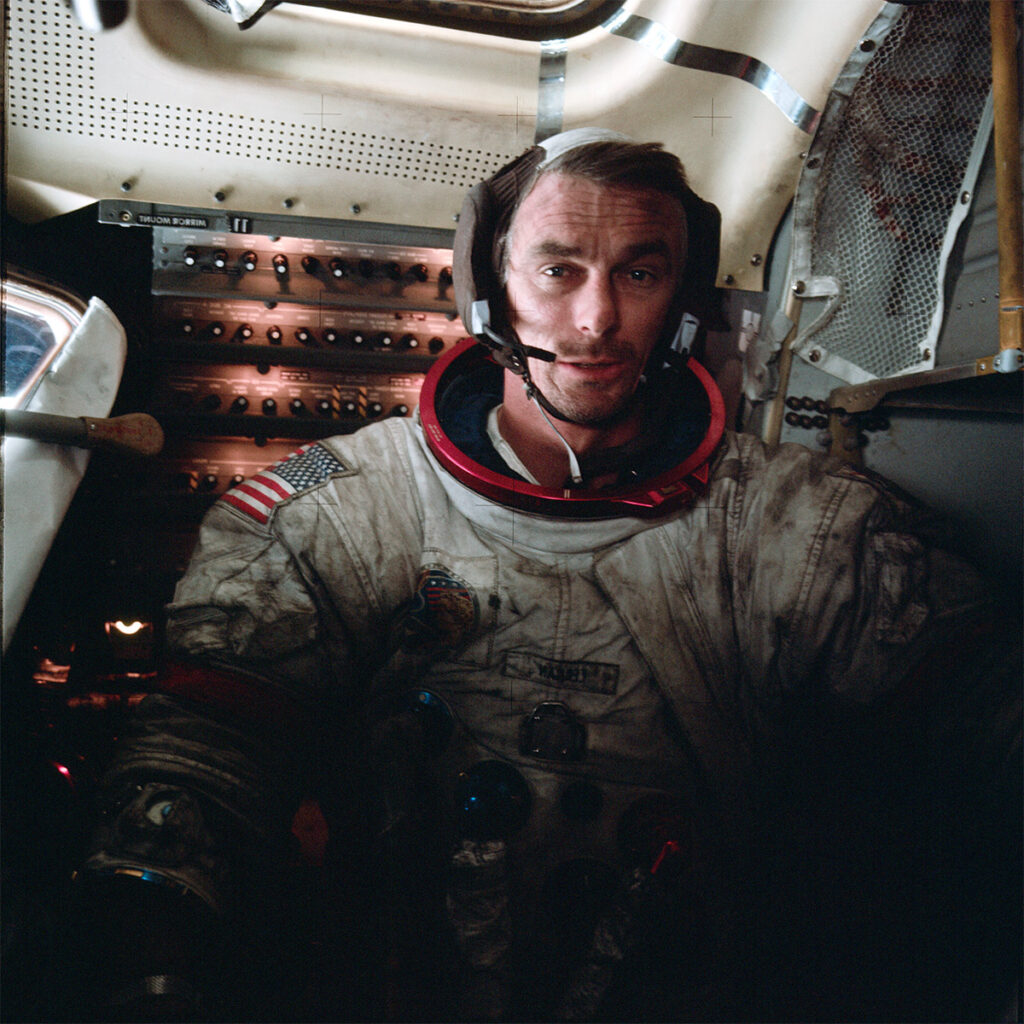
Harrison Smith and Gene Cernan share the honor of being the last astronauts to have walked on the Moon. They both landed as part of the Apollo 17 mission on December 11, 1972. They stayed on the Moon for 3 days and came back to Earth on December 14.
Smith became a U.S. senator for New Mexico five years after his return from the Moon and served in office for six years.
Gene Cernan actually went to the Moon twice. His first trip was as the lunar module pilot of the Apollo 10 mission. The Apollo 10, however, only orbited the Moon so he only got to land on it once.

Has a woman walked on the Moon?
Unfortunately, no woman has walked on the Moon to this day. The astronaut requirements at the time required all candidates to be test pilots, which were all men.
But it might happen soon.
NASA has announced that when they go back to the Moon, the next astronauts to land will be a woman and a person of color. This is part of the Artemis program that aims to visit the Moon, and then use the same technology to send a manned mission to Mars at a later date.
Why is there no Apollo 13 in the mission’s list?
On April 11, 1970, the Apollo 13 mission was launched and was originally intended to land on the moon like the previous missions, however, the lunar landing was
How about the Apollo 1 to 10 missions?
The Apollo program, unfortunately, began with a tragedy when during a training test to simulate the launch of the spacecraft a fire started. Sadly, the three crew members, astronauts Virgil Grissom, Ed White, and Roger B. Chaffee lost their lives in the accident. This failed mission was named Apollo 1 to honor them.
For some reason, NASA decided to skip Apollo 2 and 3 and went straight to Apollo 4. The Apollo 4 to Apollo 6 missions were unmanned and were designed to test most of the components of the spacecraft as well as the Saturn V rocket. These missions occured between November 1967 and April 1968.
Apollo 7 to 10 were manned missions and served basically as rehearsals for the Apollo 11 launch, with the Apollo 8 astronauts becoming the first humans to orbit the moon.
Is there video of the moon landings?
Yes, there’s plenty of footage from the various Apollo missions. The full video of the first moon landing can be found on NASA’s youtube channel and it is embedded below. The video shows the complete 2.5 hours long Extravehicular Activity (EVA) with the astronauts completing various scientific operations that included collecting rocks and soil samples, placing a device to detect “moonquakes” and setting up a laser retroreflector.
Is there proof the moon landings were real?
Over the years, some people have argued the videos of moon landings were faked. We don’t share the same opinion and we believe 100% that humans have set foot on the moon, but if the videos are not enough for you, there are other ways to prove it and there’s even one experiment you can do yourself (assuming you have a giant laser).
During the Apollo 11 mission, a laser retroreflector was installed on the moon’s surface by astronauts. Think of it like a mirror that is able to reflect a laser. It was set up so scientists on earth could throw a laser at it and then measure the time it took to come back. It’s a similar idea to a radar. Using the reflector we are able to exactly measure the distance from Earth to the Moon and precisely map its orbit. This device is still operational because it doesn’t require any power source so if you have access to a powerful enough laser and some specialized equipment you could even do the experiment yourself.
Why haven’t we gone back to the moon since 1972?
There are multiple reasons, but the main one is money. Going to the moon is too expensive. The Apollo program was an effort by the whole country to pour resources into developing it because of geopolitical and military reasons (The U.S. didn’t want Russia to win the space race). Because we live in relatively more peaceful times, there is no pressure to put money into the space program.
China has recently announced its intentions to launch a manned mission to the moon and in early 2019, they made progress on their space program by being the first country to land an unmanned spacecraft on the dark side of the moon. The Chinese program could trigger a new space race in the future if other countries feel they don’t want to be left behind.
It is also very possible the next manned mission to the Moon comes from the private sector with companies like SpaceX. The company has announced plans to at least send a mission that will orbit it.
Where to learn more
If you are interested to learn more about the astronauts who walked on the moon, the Apollo program, and moon landings, we recommend you to check out the following materials:
- Mission Control: The Unsung Heroes of Apollo is a 2017 documentary about the people on mission control who made possible the moon the Apollo program from Earth.
- From Earth to the Moon is
a 1998 miniseries narrated by Tom Hanks that follows the Apollo program. - First Man is a 2018 movie starring Ryan Gosling depicting the life of Neil Armstrong (PG-13 rated).
- Apollo 13 starring Tom Hanks and Kevin Bacon is an academy award winning movie based on the events of the Apollo 13 mission. It is one of the best space movies out there but it can be a bit heart-wrenching and stressful for kids (PG rated).
Summary
- A total of 12 have walked on the moon, all of them during six different missions as part of NASA’s Apollo program.
- None of these astronauts visited the moon more than once.
- We might see another person land on the Moon soon as some agencies have announced their intentions to go back.



